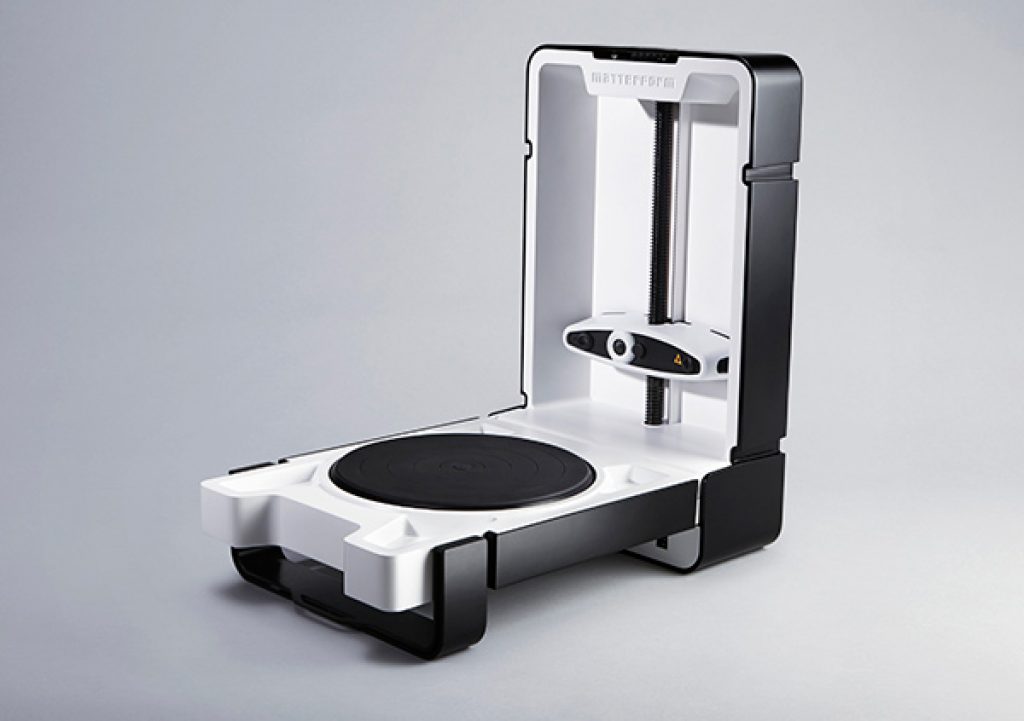3D (i.e. depth-discerning) cameras, along with the image sensors they're based on, are commonly mentioned in the embedded vision coverage found here on the site. Some times, accurate depth sensing is fundamental to enabling an application. Other times, it makes an application richer than might otherwise be the case, as with gesture interfaces.
Another potential significant application, not yet covered extensively here, is 3D printing. It first popped onto my radar screen in a big way back at January's Consumer Electronics show, when Alliance member company SoftKinetic announced a partnership with MakerBot, a leading manufacturer of both 3-D scanners and printers. As a Slashdot post, "3-D Scanners are a Logical Next Step After 3-D Printers" points out, 3D printers have dramatically plummeted in price (along with increasing in speed, accuracy and other capabilities) in recent years, with Matterform's home-intended product priced at only $579. XYZPrinting's da Vinci 1.0 3D printer comes in at an even lower price tag, $499. However, as a recent article at PandoDaily notes:
Large barriers to entry remain that hold the 3D printer back from the proliferation that maker enthusiasts see as its inevitable finishing point. For a start, to work up a model to send to a 3D printer requires specialist knowledge of intricate computer assisted design software.
That's where 3D scanners, consisting of depth-sensing cameras and image sensors, may come in. EE Times seems to think so, judging from a recent contributed blog post by Adam Carlson, Senior Mechanical Design Engineer at Eagle Technologies. Carlson notes, discussing content generation for 3D printers to render, that three primary approaches exist. Original content by means of user-generated CAD models, one of the three approaches, is hampered by the issues mentioned previously by PandoDaily. The second approach, a repository of already completed 3D models, is "fraught with copyright and patent issues," according to Carlson. This leaves the third approach, "scanning objects as a source for models." Of it, Carlson observes:
Using 3D scanning will open up issues that have yet to be seen by the courts. Can you have fair use of a copied 3D object? OEMs could enter the legal battle, because many of them make significant amounts of profit on replacement parts. I believe we have yet to see significant movement in these legal areas. There is yet to be a financial incentive for companies to make movement in the courts.
But if these potential legal roadblocks are surmounted, 3D scanning may be the primary determinant of 3D printer success in the future. For as Carlson says:
I see the issue of content being one of the biggest obstacles to the widespread adoption of 3D printing. This is not as much a technical issue and it is a potential legal landmine. It is not insurmountable, but it will require time to build up momentum, as well as some pioneers willing to get thrown to the lions as the legal issues get worked out.


